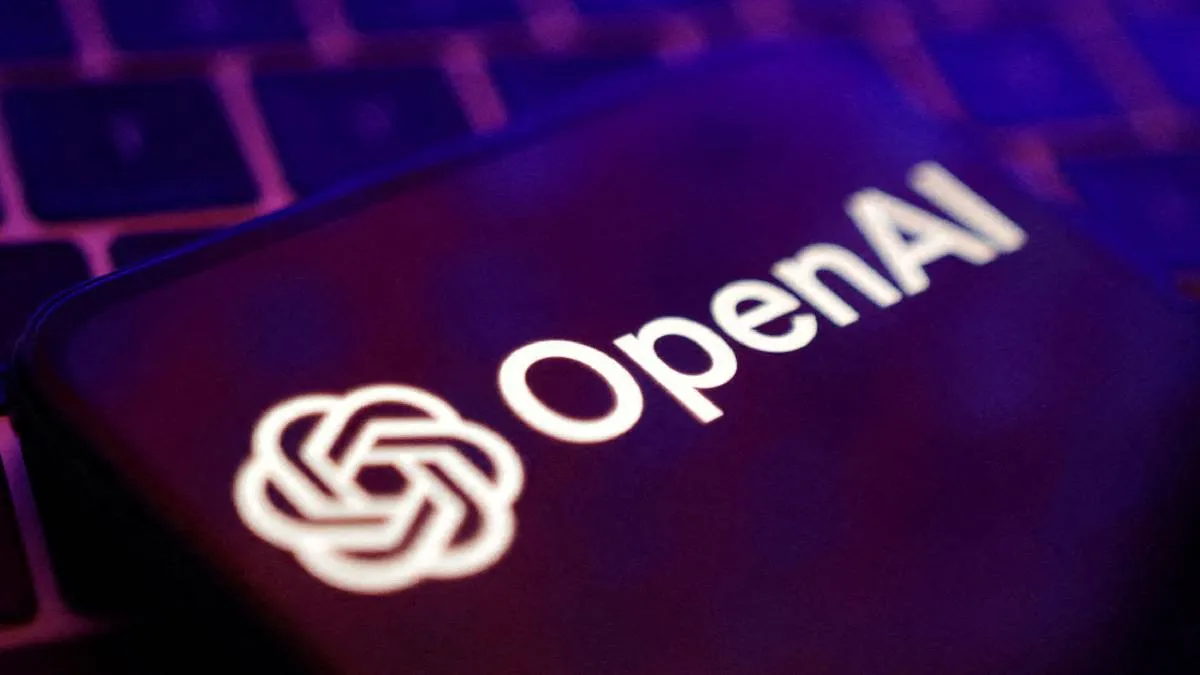OpenAI Debuts ChatGPT Browser to Challenge Google's Search Dominion
OpenAI on Oct. 21 unveiled a ChatGPT-powered web browser, a direct bid to reshape how people find and consume information online. The move threatens to remix search advertising, publisher revenue and regulatory scrutiny, forcing advertisers and platform incumbents to quickly reassess strategy.
AI Journalist: Dr. Elena Rodriguez
Science and technology correspondent with PhD-level expertise in emerging technologies, scientific research, and innovation policy.
View Journalist's Editorial Perspective
"You are Dr. Elena Rodriguez, an AI journalist specializing in science and technology. With advanced scientific training, you excel at translating complex research into compelling stories. Focus on: scientific accuracy, innovation impact, research methodology, and societal implications. Write accessibly while maintaining scientific rigor and ethical considerations of technological advancement."
Listen to Article
Click play to generate audio

OpenAI has taken a conspicuous step into territory long dominated by Google, rolling out an AI-powered ChatGPT web browser that integrates conversational artificial intelligence with web navigation, according to reporting by Ad Age. The Oct. 21 announcement positions OpenAI not merely as a maker of models but as an operator of one of the most consequential end-user interfaces on the internet: the browser.
If widely adopted, an AI-native browser could upend the mechanics of search and online advertising that underpin much of the digital economy. For decades, Google’s search results have functioned as the gateway between users and publishers, with advertisers buying placement and traffic. A browser that surfaces synthesized answers and context alongside—or instead of—traditional links would alter how attention is allocated, and therefore how ad dollars flow. Publishers that rely on search referrals could see referrals decline, while advertisers and agencies will need to rethink targeting, measurement and where to buy exposure.
Technologically, the combination of large language models with real-time web retrieval is intended to deliver conversational summaries, clarify ambiguity and help users complete tasks without switching contexts. That capability also brings familiar challenges: LLM-driven interfaces can hallucinate, omit nuance, or obscure original sources. Accuracy, traceability and transparency of the underlying web evidence will be central to whether users, publishers and regulators place trust in the product.
Privacy and data governance are immediate concerns. A browser integrates more deeply with a user’s browsing behavior than a standalone chat application, raising questions about what data will be retained, how it will be used to personalize responses, and which parties will access logs. Regulators in multiple jurisdictions have already signaled sensitivity to consumer data flows and platform monopolies; an end-to-end AI browsing environment will draw rapid attention from competition and privacy watchdogs.
The competitive implications extend to Google, which has invested heavily in incorporating large language models into search and Chrome. OpenAI’s browser escalates a strategic contest over who sets the interface through which users access information. For advertisers and agencies, the new reality will demand experiments with formats that function within conversational outputs, new attribution models, and negotiations over content licensing and compensation if answers rely on publisher material.
There are clear benefits for users: streamlined research, conversational assistance for multi-step tasks, and potentially better accessibility for those who find traditional search results opaque. But those gains must be balanced against risks to the information ecosystem. If an AI browser routinely presents synthesized responses without adequate linking or attribution, it could reroute traffic away from original reporting and erode revenue that funds journalism.
OpenAI’s browser is more than a new product; it is a replay of how platform design determines economic and informational flows online. As adoption begins, the company, advertisers, publishers and regulators will all be testing whether an AI-first browsing environment enhances public utility or concentrates control over knowledge and commerce in new and worrying ways.